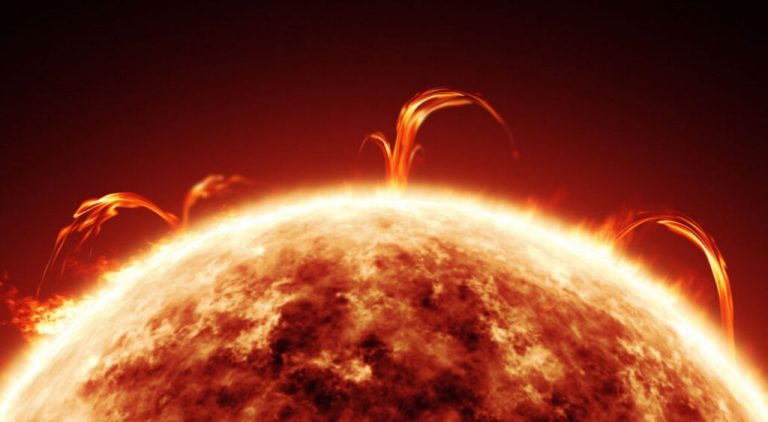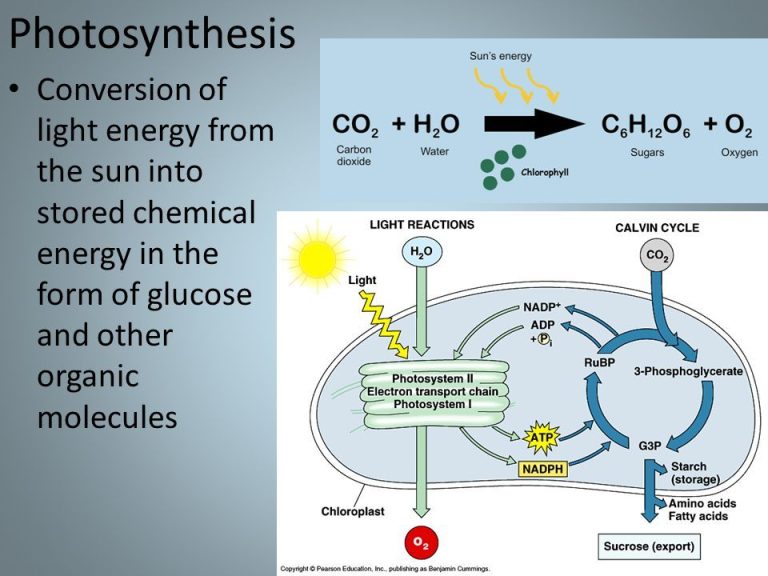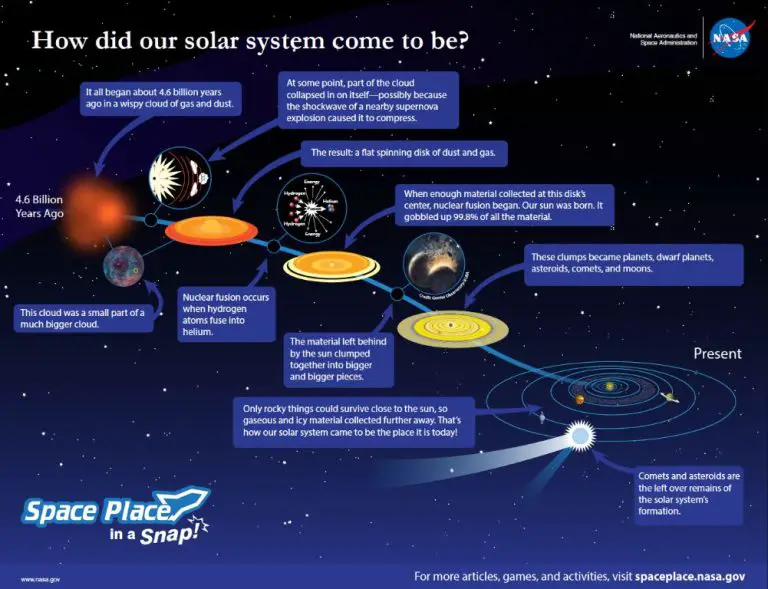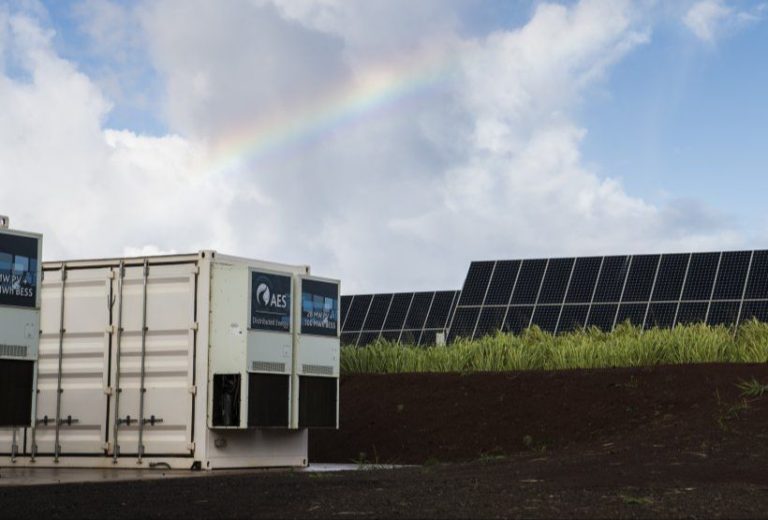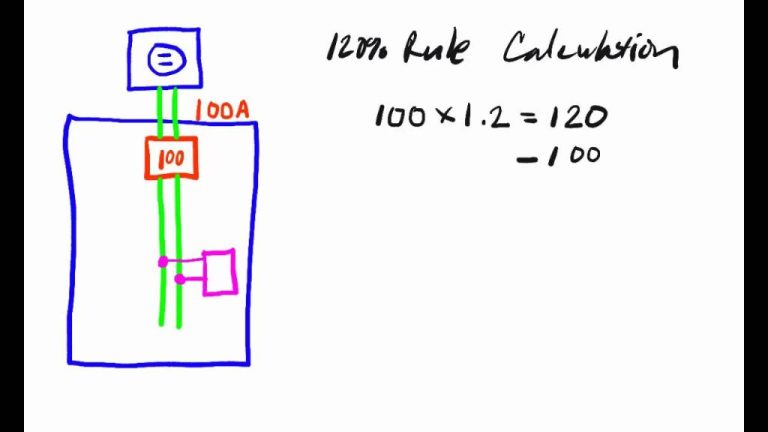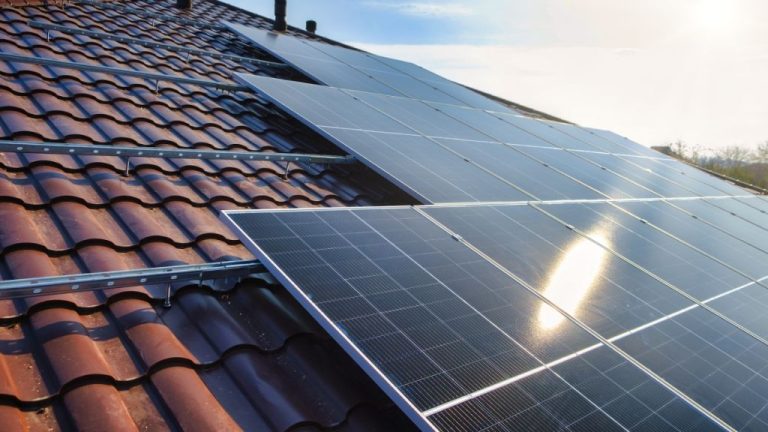Does Washington State Have A Solar Program?
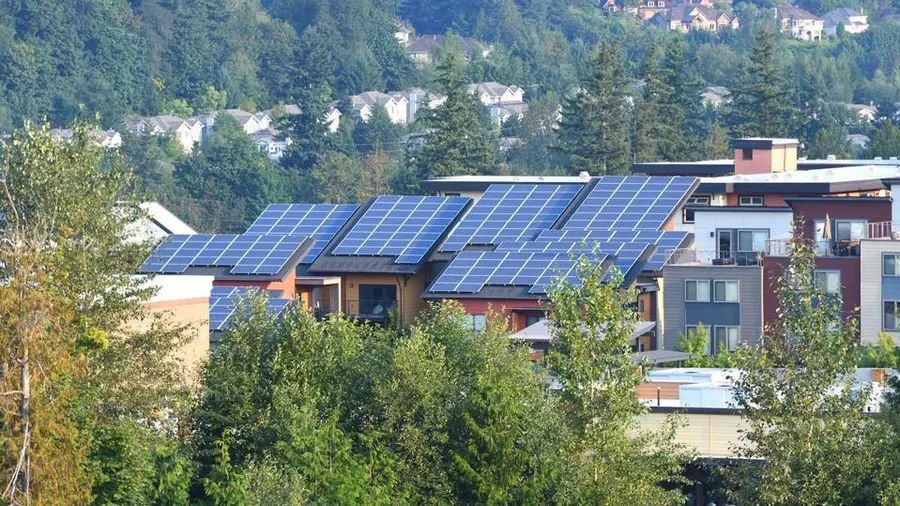
Solar energy is one of the fastest growing renewable energy sources in the United States. As the costs of solar panels and installation continue to fall, more homeowners, businesses, and utilities are adopting solar. According to the Solar Energy Industries Association (SEIA), there are now over 107 gigawatts of solar capacity installed in the U.S., enough to power 20 million homes.
Washington State has a climate and energy profile that is well-suited for solar energy adoption. The state has a temperate climate with over 250 sunny days per year in some parts of the state. Washington also has high electricity rates, creating strong financial incentives for generating one’s own power from the sun. However, solar accounts for less than 1% of the state’s electricity generation mix, which is dominated by hydroelectric power from dams. With abundant solar resources and rising energy costs, Washington has the potential to substantially grow its solar energy capacity in the coming years.
History of Solar in Washington
Solar energy first started being adopted in Washington state in the 1970s during the early days of the solar industry. The first major solar installation in the state was a 292 kW system at the Bonneville Power Administration in 1978 (SEIA). Adoption remained slow but steady through the 1980s and 1990s.
A major driver of early solar adoption was the Washington State Sales Tax Exemption for solar equipment, which first passed in 1979. This made solar more affordable by removing the sales tax on solar installations. The state also passed its first Renewable Portfolio Standard in 2006, requiring larger utilities to obtain 15% of their electricity from renewable sources by 2020 (SolarWA).
During these early years, solar was primarily adopted for residential uses like powering homes and small businesses. However, utility-scale solar farms started emerging in the late 2000s, with the first being the 3 MW Outback Solar Project in 2009. Commercial solar also expanded significantly during this time.
Current State of Solar
Solar energy currently provides about 1% of Washington’s electricity generation capacity. However, solar has been growing rapidly in the state over the past decade.
As of 2021, Washington had over 300 megawatts of installed solar capacity, enough to power around 30,000 homes. This represents a more than 6-fold increase from the under 50 megawatts of installed capacity in 2016 (Source).
The main drivers of solar growth in Washington have been declining costs, supportive state policies, and environmental consciousness. The levelized cost of solar PV in the state dropped by over 70% from 2009 to 2019, making it competitive with conventional power sources. At the same time, Washington has implemented renewable portfolio standards, net metering, and other programs to encourage solar adoption.
Solar Incentives and Policies
Washington state offers several incentives and policies to support solar energy adoption. The state currently has a solar sales tax exemption that allows residents to avoid paying sales tax on solar equipment, helping reduce overall costs (SolarWA.org). The state also has a net metering policy that allows solar customers to receive credit for excess energy sent back to the grid (SolarWA.org).
In addition, Washington has a renewable portfolio standard that requires large utilities to obtain 15% of their electricity from renewable sources, including solar, by 2020 (UTC.WA.gov). This policy helps drive utility investment in solar projects.
At the federal level, Washington residents can claim a 26% tax credit for installing solar panels through 2023, which helps offset system costs (MarketWatch.com). Some utilities like Puget Sound Energy also offer solar rebates to further incentivize residential solar adoption.
Overall, while Washington lacks robust direct cash incentives for solar, policies like tax exemptions, net metering, and renewable standards help support solar energy growth in the state.
Major Solar Installers and Projects
Washington’s leading solar installers include SunPower, Tesla Energy, and Blue Raven Solar, which have completed thousands of installations across the state. Noteworthy recent and upcoming projects include:
– The Solarize Lewis County program led to over 500 residential solar installations since its launch in 2015, with expected growth as the program expands.[1]
– Avista Utilities’ Kettle Falls Generating Station will include a 180 kW solar array, expected to begin operating in 2023.[2]
– The Port of Benton will complete its 1 MW solar array in 2023, providing power to the Port’s facilities.[3]
-Amazon has solar installations at fulfillment centers in Kent and Sumner totalling over 3 MW capacity.[4]
Challenges and Barriers
While solar energy has grown significantly in Washington, there remain challenges and barriers to further adoption. Some of the main challenges include:
High upfront costs – Solar panel systems require a large upfront investment that can cost $10,000-$30,000 depending on the size. This presents a barrier for many homeowners and businesses that may not be able to afford the initial costs even though solar can pay for itself over time (Seattle Times).
Lack of infrastructure/workforce – There is a shortage of solar infrastructure and trained workforce in parts of Washington to meet the growing demand. Building out more solar manufacturing facilities and training solar workers will be needed (SolarWA).
Policy limitations – While Washington has renewable energy goals, there are policy limits on how much net metering is allowed that caps the expansion of rooftop solar. Updating policies to further incentivize solar adoption is needed (Geekwire).
Future Outlook
Washington has set some ambitious solar goals and targets for the future. The state aims to generate 20% of its electricity from renewable sources like solar by 2030, as part of its renewable portfolio standard (RPS) [1]. To help reach this goal, lawmakers passed the Clean Energy Transformation Act in 2019, which requires utilities to transition to carbon-neutral electricity by 2030 and 100% clean electricity by 2045 [2].
In 2021, the state legislature passed the Clean Fuel Standard, which aims to reduce carbon emissions from transportation fuels 20% by 2038 [1]. This is expected to further incentivize renewable energy sources like solar. There are also plans to update the state building code in 2022 to require most new commercial construction to include solar panels or be “solar ready.”
Solar power generation in Washington is expected to see steady growth in the coming years. One projection estimates solar will expand from 0.5% of the state’s electricity mix in 2020 to 13% by 2040 [3]. However, transmission infrastructure upgrades will be needed to handle the influx of solar power and deliver it across the state. Overall, the policy commitments and planned investments point to a bright future for solar energy in Washington.
Case Studies
Washington has seen some notable successes with solar energy adoption. One example is the solar power system at Mount Rainier National Park. This project was highlighted by the Department of Energy as a successful deployment of renewable energy (Successful Deployment of a Solar Power System at Mount Rainier National Park). The park installed a 50 kW solar array to provide power to the visitor center. This reduced the facility’s energy costs and enabled it to meet clean energy goals set by the National Park Service.
Another case study from Front and Centered examined solar projects targeted at communities of color and low-income communities (Case Studies on Community of Color Based Organizations Pursuit of Solar Energy). For example, the Tacoma Housing Authority installed solar panels across multiple affordable housing sites. This helped residents save on electricity costs while supporting clean energy adoption.
Conclusions
After examining the solar landscape in Washington State, some key conclusions emerge. Washington has seen significant growth in solar installations over the last decade, mainly driven by declining costs and a favorable net metering policy. While solar currently accounts for a small percentage of the state’s electricity generation, there is major potential for continued expansion.
The state has implemented several policies and incentives to encourage solar adoption, including a renewable portfolio standard, state tax incentives, and state green power programs. Key policies like net metering and the state renewable energy standard have provided stability and regulatory support for the solar industry. At the same time, the scheduled phase-out of some incentives in the coming years poses a challenge.
Major utilities like Puget Sound Energy are making significant investments in utility-scale solar, while numerous solar installers operate across the state. Regions like Eastern Washington boast high solar resources but face transmission constraints in getting solar power to population centers on the west side of the state. While solar power is cost-competitive with retail electricity prices in parts of the state, high installation costs continue to be a barrier for many homeowners and businesses.
With solar energy a priority in Washington’s push for carbon-free electricity by 2045, the outlook is bright for continued solar expansion. But achieving its solar potential will require optimizing its incentive programs and policies while addressing remaining barriers like permitting and grid integration challenges.
Additional Resources
Here are some additional resources if you want to learn more about solar programs and incentives in Washington State:
- Washington State Department of Commerce – Renewable Energy Incentives
- Solar United Neighbors of Washington
- Solar Energy Industries Association – Washington Solar
- U.S. Department of Energy Solar Energy Technologies Office
- DSIRE – Database of State Incentives for Renewables & Efficiency
- Puget Sound Solar – Overview of WA Solar Incentives

